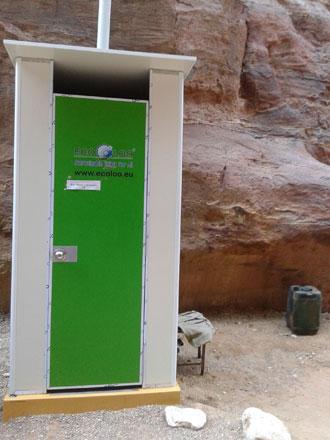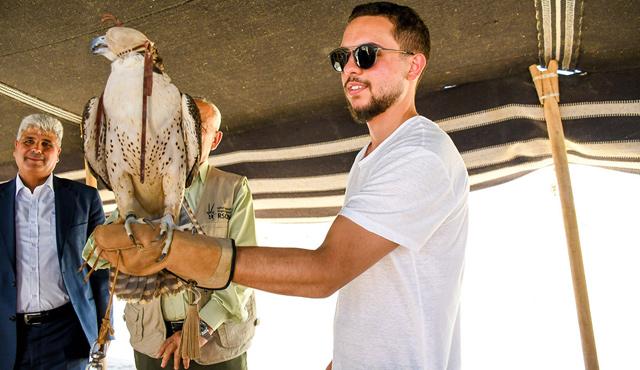You are here
Plans under way to turn Petra into nature reserve
By Laila Azzeh - Jan 10,2017 - Last updated at Jan 10,2017

Home to an ancient Nabataean city carved in rock, the Petra region is also rich in flora and fauna, according to officials (Photo by Rajive Cherian)
PETRA — In what has been called a “benchmark” decision, the rose-red city of Petra on Tuesday joined the National Protected Areas Network, a step which could eventually transform the area into a nature reserve.
With its rich flora and fauna — studies estimate that Petra, 235km south of Amman, is home to more than 750 plants and animals — the decision will preserve the city’s biodiversity, much of which has been endangered due to decades of focusing on the historical and archaeological features of the city, at the expense of its ecosystem, according to experts.
Tuesday marked the beginning of intensive efforts to preserve Petra’s wildlife.
The initiative is part of the UNDP’s “Mainstreaming Biodiversity Conservation in Tourism Sector Development in Jordan (BITS)”, which is supported by the Global Environment Facility and implemented in Petra by the Petra Development and Tourism Region Authority (PDTRA).
“The new step is, in every way, an added value for Petra, whether in terms of tourism — by promoting it as a natural reserve with a very rich biodiverse environment — or in protecting its endangered plants and animals...,” said Majed Hasanat, BITS director.
“We have been dreaming of this moment for over 10 years,” he told reporters.
PDTRA President Mohammad Nawafleh said the “Nabataean masterpieces are not the only thing that distinguishes Petra; the city boasts enormous biodiversity and distinctive species of plants and animals”.
Minister of Environment Yaseen Khayyat praised the initiative’s aims of conserving the “unique biodiversity resources of Petra, in order to sustain it as a main attraction for tourism, and as an asset for ecotourism”.
Commending the efforts of international supporters and donors, Khayyat highlighted plans to carry out a number of projects and activities aimed at institutionalising nature conservation in the Kingdom.
The announcement of Petra as one of the national protected areas has a great effect, both on the local and international level, according to the UNDP.
Locally, it helps Jordan meet its environmental performance commitments; by 2020, Jordan is expected to achieve its goal of designating 4 per cent of the Kingdom’s territory as natural protected regions.
The Petra protected area will increase the percentage of natural areas by 0.5 per cent.
At the international level, Petra lies along one of the world’s largest bird migratory flyways.
“That is in itself [makes Petra] a favoured destination for many people around the world,” noted Hasanat.
Soaring birds — particularly raptors, storks and ibises — make Petra an attractive site for birdwatchers from around the world.
Surveys show that there are more than 750 species of plants, 28 species of mammals, and 36 species of reptiles and amphibians in Petra as well as 122 species of birds.
UNDP Jordan Country Director Zena Ali Ahmad spoke of the importance of the decision for the local community in Petra as well as for meeting the 17 Sustainable Development Goals, a number of which focus on protecting wildlife and environmental resources.
Related Articles
PETRA — Although some 80 per cent of Jordan’s area is arid, the Kingdom’s location between three continents — Asia, Africa and Europe — give
PETRA — In 2008, local community members met to discuss a project aimed at protecting the natural heritage in Petra, which resulted in some
AMMAN — HRH Crown Prince Hussein, the Regent, on Tuesday opened the visitor centre at Shomari Wildlife Reserve in Azraq, which is considered



















